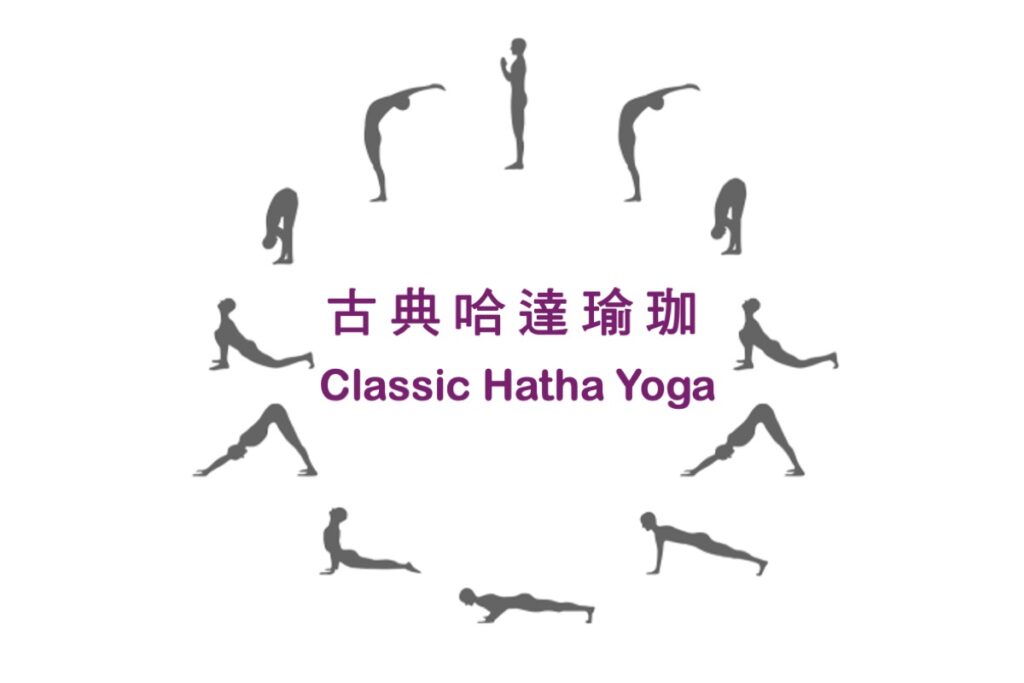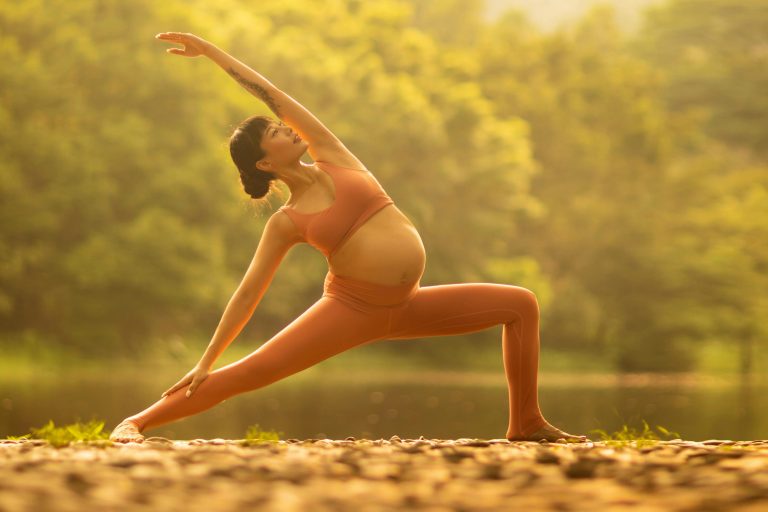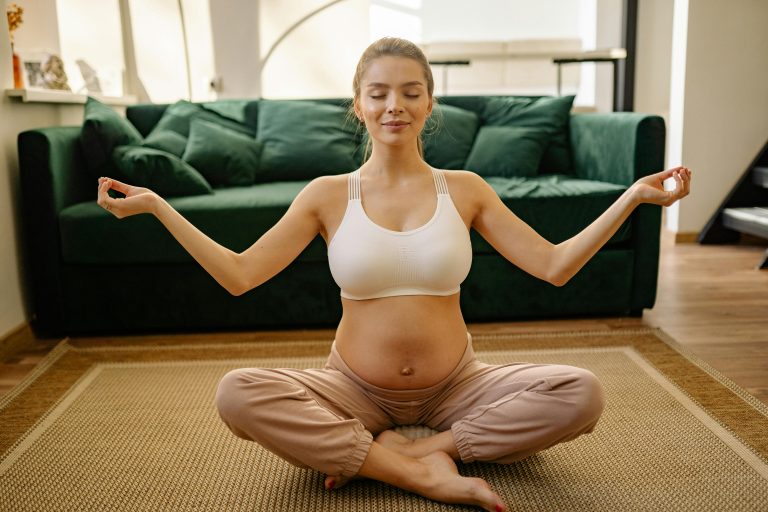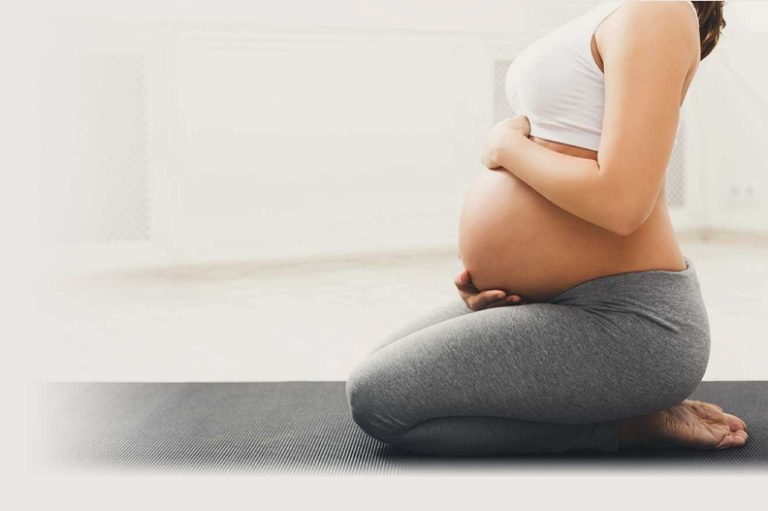
適合初學者輕鬆、安全地開始瑜珈之旅 ,更能讓有經驗的練習者發掘身體不同的覺知與感受,在提升練習的深度與廣度的同時自然靜心,讓身心恢復平衡舒適的狀態。
依循古老瑜珈經典的精髓練習,體位法能帶來身心整體健康。課程進行中老師沒有繁複的細節口令,而以最精簡的方式引導學員緩慢練習,在寧靜與和平的氛圍中,無壓力而從容不迫地進入體位法與結束練習,享受練習的功效與快樂,並遠離運動傷害。
相較近代的體位法練習方式較強調肌肉、關節的細節,古典哈達強調關照並覺察身體的每一個部分,如何從外層大肌群、內層小肌群再到心念的感受及向內收攝的心,整個過程必須相當專注呼吸及強調如何用最少部分力量完成或停留在動作上。練習中呼吸是最重要的指標,姿勢的深度以能保持穩定的呼吸而決定,不依賴肌肉的緊張與努力,讓身體自然進入姿勢,這正是瑜珈經第二篇第46句對體位法的定義「體位法是穩定與舒適的姿勢」。
這樣練習的方式能幫助練習者提升對身體的覺察力與敏感度,並且不過度刺激交感神經,有助於自律神經維持平衡狀態,預防、舒緩因自律神經失調所帶來的身心問題。
古典哈達的體位法編排順序,主要是先從頭倒立類的動作開始,其後依序為仰臥姿、俯臥姿、坐姿、跪姿、站姿最後回到攤屍式,其順序剛好呼應人類的出生與成長過程,每一次的練習就像一次重生。
古典體位法練習重點主要是脊椎、核心部位、內臟、內分泌與神經系統,以身心保健修復為主要目的,這些部位同時也是能量系統的能量脈、脈輪所在的對應位置,在鍛鍊生理層面同時也是修鍊能量系統,更為了後續的呼吸控制法、靜坐打下穩固的基礎。
除了體位法,課程中指導老師將視當天學員狀況,彈性加入呼吸、梵唱、專注或靜坐練習。
#呼吸靜心 #放鬆舒壓
Suitable for beginners to start their yoga journey with ease and safety, while also helping experienced practitioners deepen their bodily awareness and sensations.
This approach naturally cultivates mindfulness and brings the body and mind into a balanced, comfortable state as the practice’s depth and breadth expand.Following the essence of ancient yoga classics, the asanas promote holistic physical and mental health. During classes, instructors avoid complex or lengthy verbal cues, guiding students with simple, slow-paced instructions. In a calm and peaceful atmosphere, practitioners can enter and exit postures without pressure, enjoying the benefits and joy of the practice while minimizing the risk of injury.
Compared to modern asana practices that emphasize muscular and joint details, classical Hatha focuses on sensing and caring for every part of the body—from the large outer muscles to the smaller inner muscles, then to the mind’s awareness and inward concentration. This process demands focused breathing and emphasizes using minimal effort to hold or move through postures. Breath is the key indicator in practice; the depth of a pose is determined by the ability to maintain steady breathing rather than relying on muscular tension or strain. The body naturally settles into the posture, which aligns with the Yoga Sutras’ definition of asana as “a steady and comfortable posture” (Chapter 2, Verse 46).
This practice enhances practitioners’ body awareness and sensitivity without overstimulating the sympathetic nervous system. It supports autonomic nervous system balance, helping to prevent and relieve mind-body issues caused by autonomic dysfunction.
The classical Hatha sequence begins with inversions, followed by supine, prone, seated, kneeling, standing postures, and concludes with Savasana. This progression symbolically mirrors human birth and growth, making each practice feel like a rebirth.
The classical asana practice emphasizes the spine, core, internal organs, endocrine, and nervous systems, focusing on physical and mental health restoration. These areas correspond to energetic pathways and chakras, strengthening both the physiological and energetic systems—laying a solid foundation for subsequent pranayama and meditation practices.
In addition to asanas, instructors flexibly incorporate breathwork, chanting, focused attention, or meditation based on students’ needs each session.
#Pranayama & Meditation #Relaxation & StressRelief






